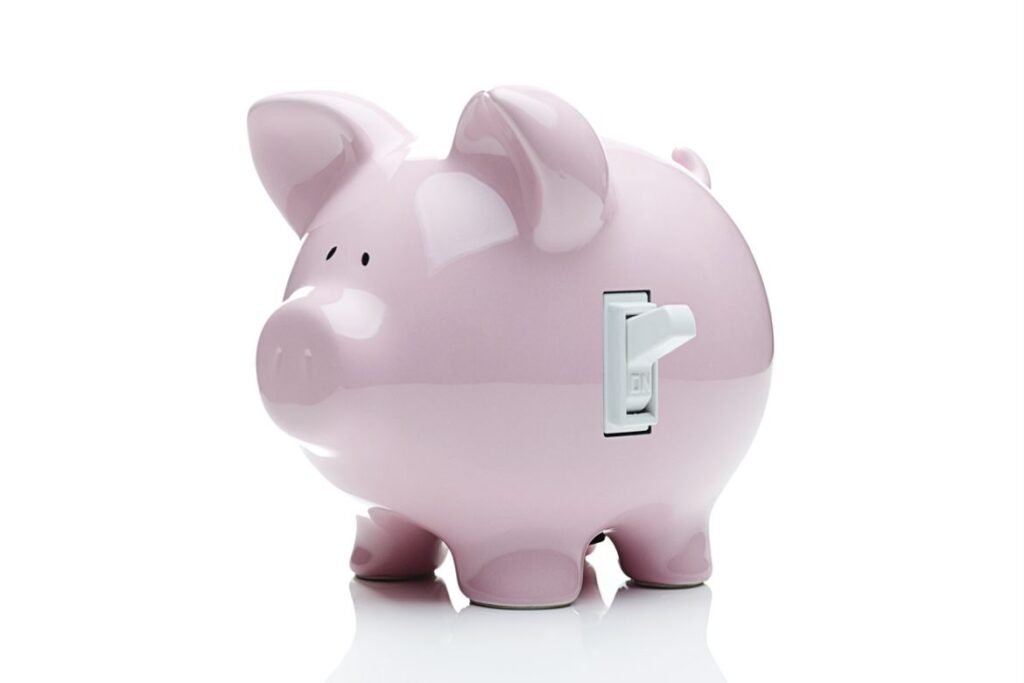Canvassing the views of 2,290 people across England, Scotland and Wales, Curinos, a global data intelligence business, has now revealed how UK customers are shopping for their primary current account and what’s driving them to switch.
Published in its 2025 Great Britain Shopper Survey, Curinos uncovers that digital expectations, competitive switching offers and generational shifts in behaviour are reshaping loyalty in the retail banking landscape.
Kurt Vogt Gwerder, strategy consultant at Curinos, said: “The 2025 GB Shopper Survey shows traditional banks still lead in customer acquisition. However, digital challengers are gaining influence. Customers are no longer staying with banks out of habit – they’re switching for value.
“Cash incentives still attract, but don’t guarantee satisfaction or loyalty. Digital challengers are building trust through better digital experiences and more relevant offerings, such as financial guidance. Promotions may draw people in, but only strong, engaging value propositions will keep them.”
Switching from the Big Seven
While the UK’s Big Seven banking providers remain the first stop for ‘new-to-banking’ customers (72 per cent), digital banks are making significant gains with more seasoned customers. In fact, 34 per cent of customers leaving a Big Seven bank switched to a digital challenger.
Notably, 75 per cent of these switchers were moving for the first time since 2020, significantly above the market average of 62 per cent, highlighting a behavioural shift among long-term customers.
Among those switching from a Big Seven bank to a digital one, the top drivers of attrition were competitive offers (22 per cent) and dislike of their previous bank’s mobile app (18 per cent) and online banking (18 per cent).
Digital banks now acquire 59 per cent of their primary customers from switchers coming directly from the Big Seven. Despite this growing competition, the Big Seven banks continue to dominate, securing 61 per cent of primary current account openings over the past three years.
Cause for change
The majority of customers continue to prefer opening their account digitally (84 per cent), with smartphones (61 per cent) being the most preferred channel versus on a desktop (18 per cent) or via a tablet (five per cent).
However, on average, 10 per cent of all recent account openers still prefer to set up their current account in person, with Boomers the generation most likely to prefer this option (23 per cent). Thirteen per cent of those new to banking are more likely to visit a branch to open an account, whilst 15 per cent of newcomers to the country are likely to do so. This demonstrates genuine demand for the service, suggesting branches remain a vital channel, particularly for interactions perceived as complex or stressful.
Deeper insights
Furthermore, the survey found that:
- Sixty-one per cent of recent current account openers (opened their primary current account in the past three years) chose a Big Seven bank.
- Twenty-four per cent of switchers cited a switching offer as the main reason for leaving, ahead of inconvenient branches (17 per cent) and bad service (16 per cent).
- The Big Seven are more likely to use cash incentives (30 per cent) than digital banks (27 per cent) to attract primary customers. However, incentivised customer acquisition doesn’t guarantee satisfaction – the Big Seven have an average Net Promoter Score of 8.3, compared to 8.7 for digital challengers.
- Thirty-four per cent of customers leaving a Big Seven bank switched to a digital challenger, driven by competitive offers (22 per cent), a dislike of their previous bank’s mobile app (18 per cent) and online banking (18 per cent).
- Seventy-three per cent of those who switched their primary Current Account to a digital challenger were switching for the first time since 2020.
- The average recent purchaser keeps 66 per cent of their banking relationships outside of their primary bank, which rises to 71 per cent among the Mass Affluent segment.
- Ten per cent of all recent openers still prefer to open their bank accounts in person.
- Boomers are twice as likely as GenZ to establish primacy with a bank they’ve never used before (76 per cent versus 37 per cent).

